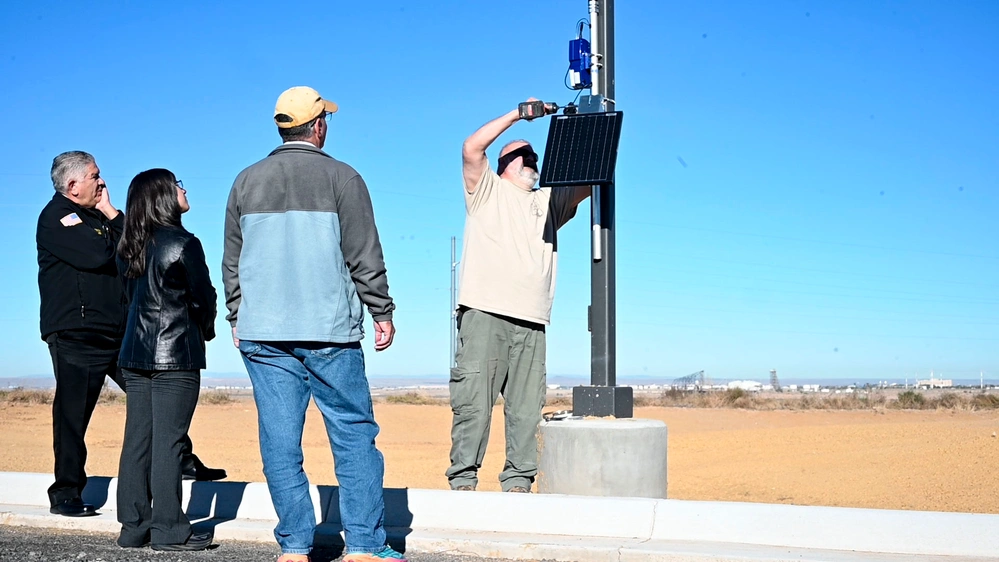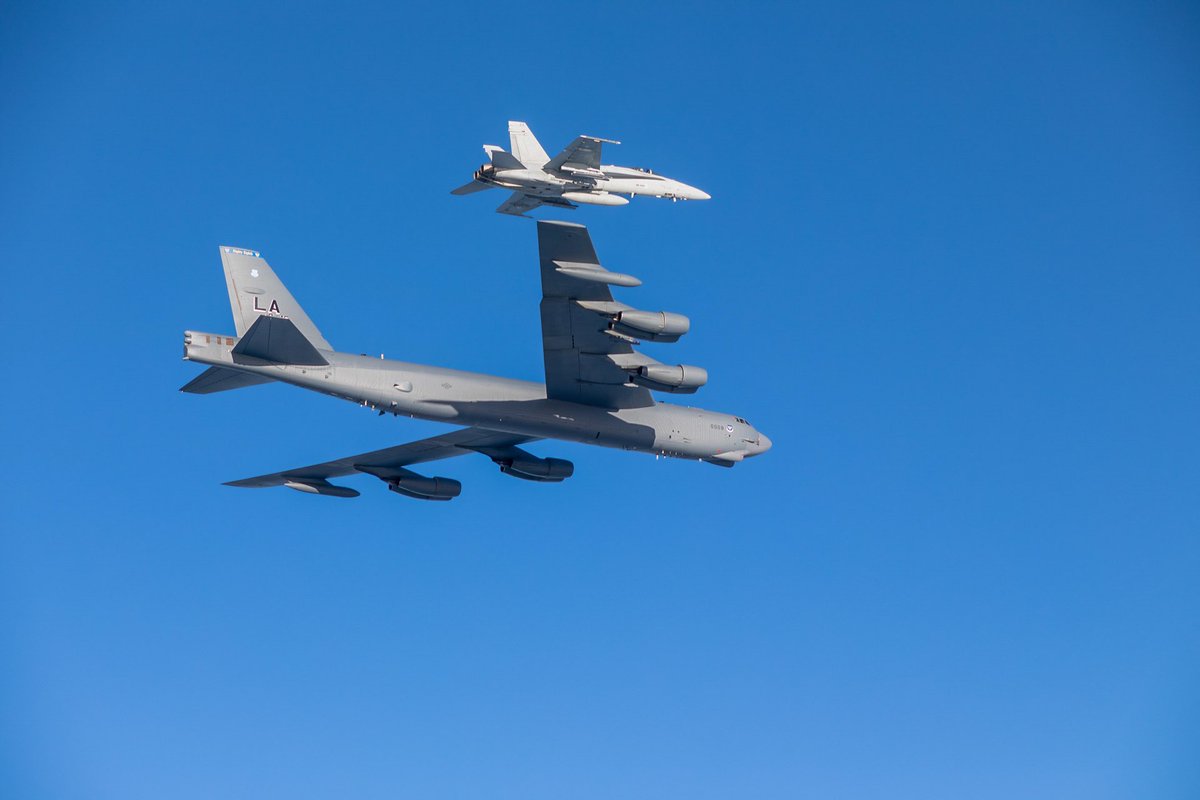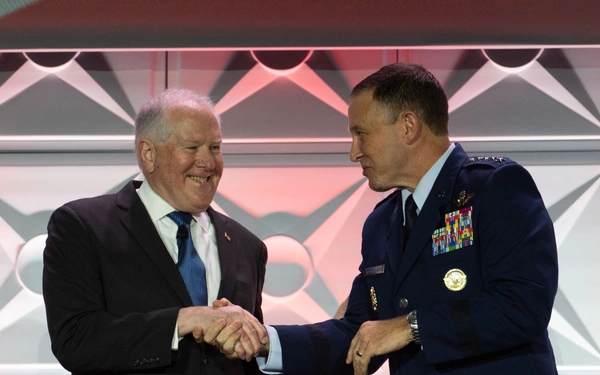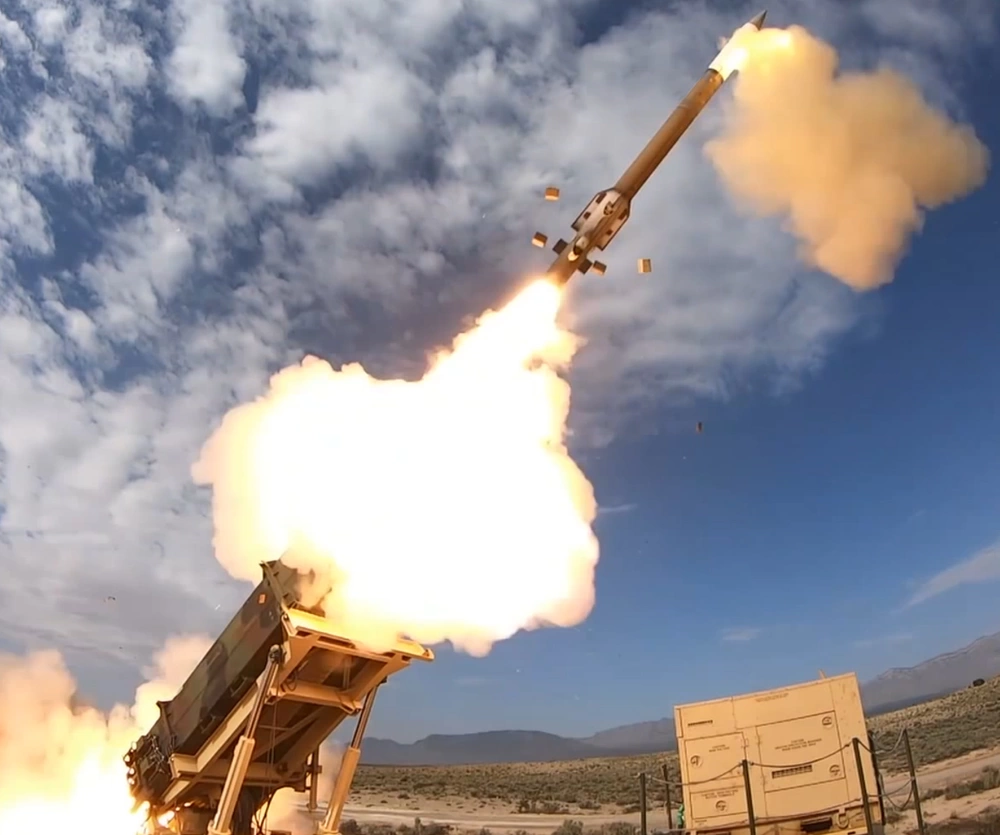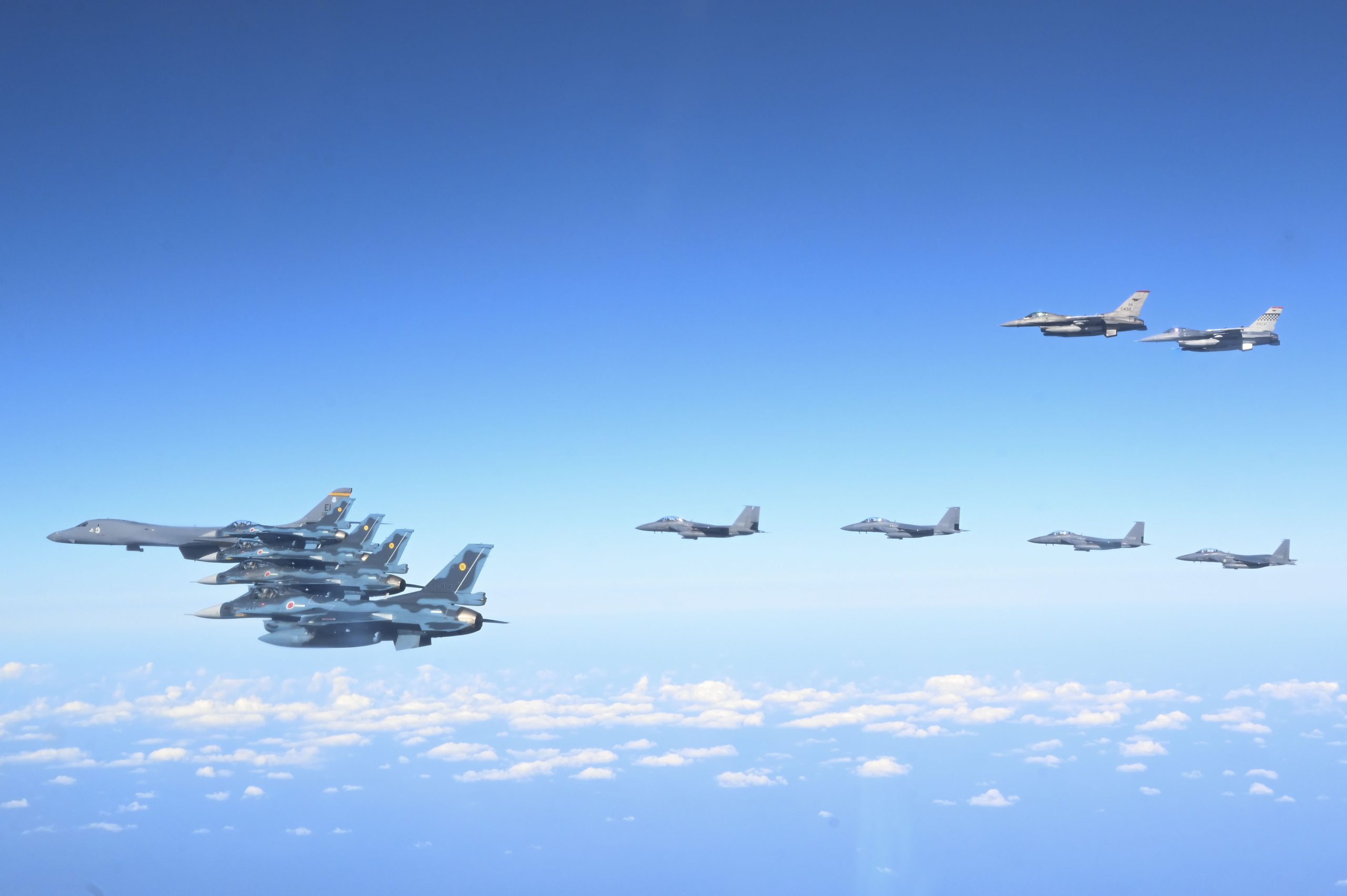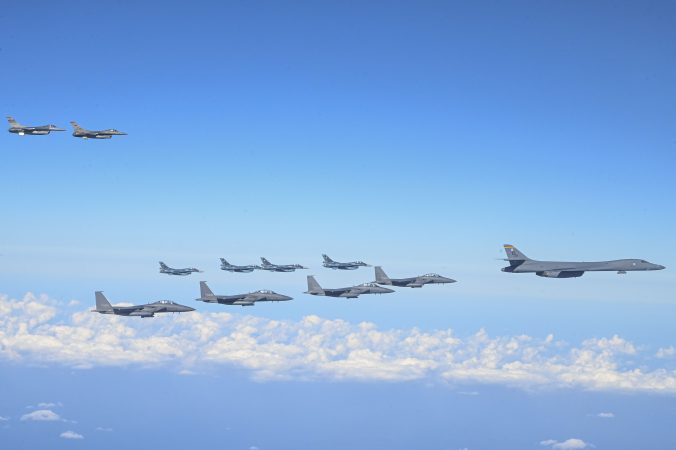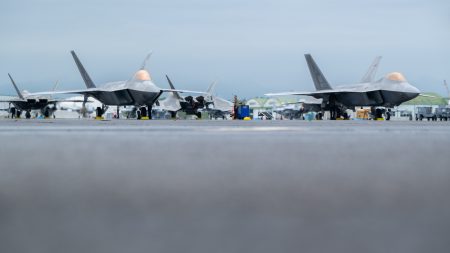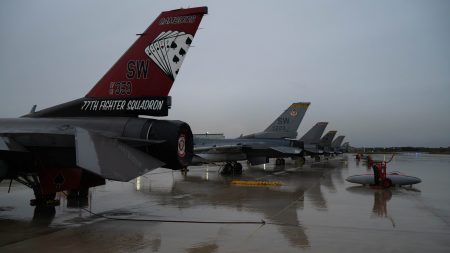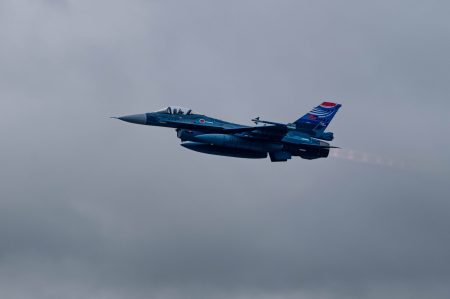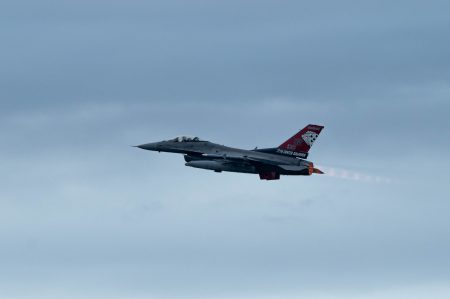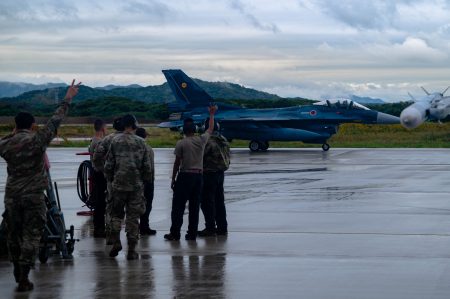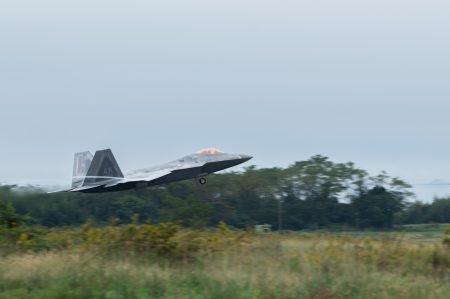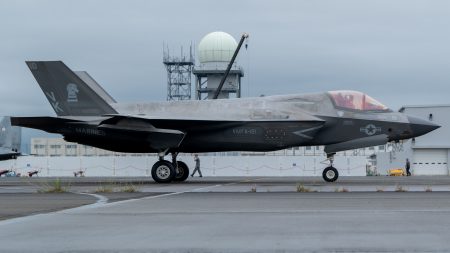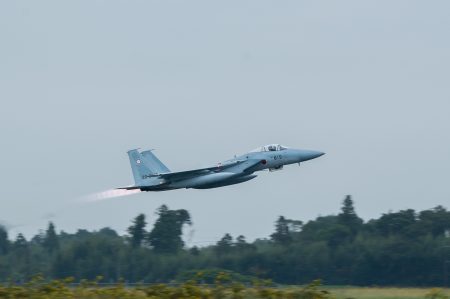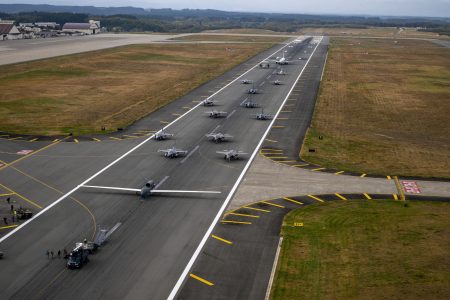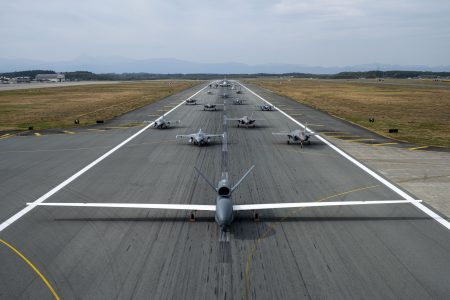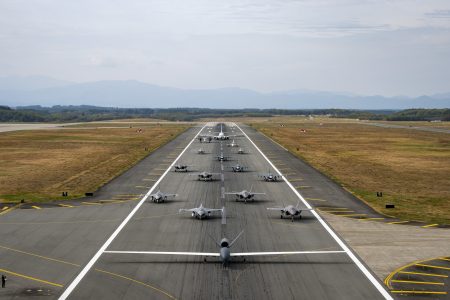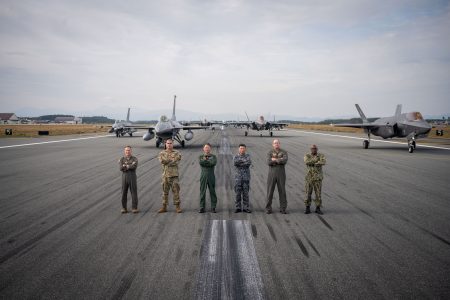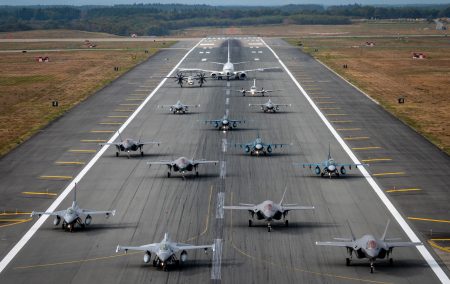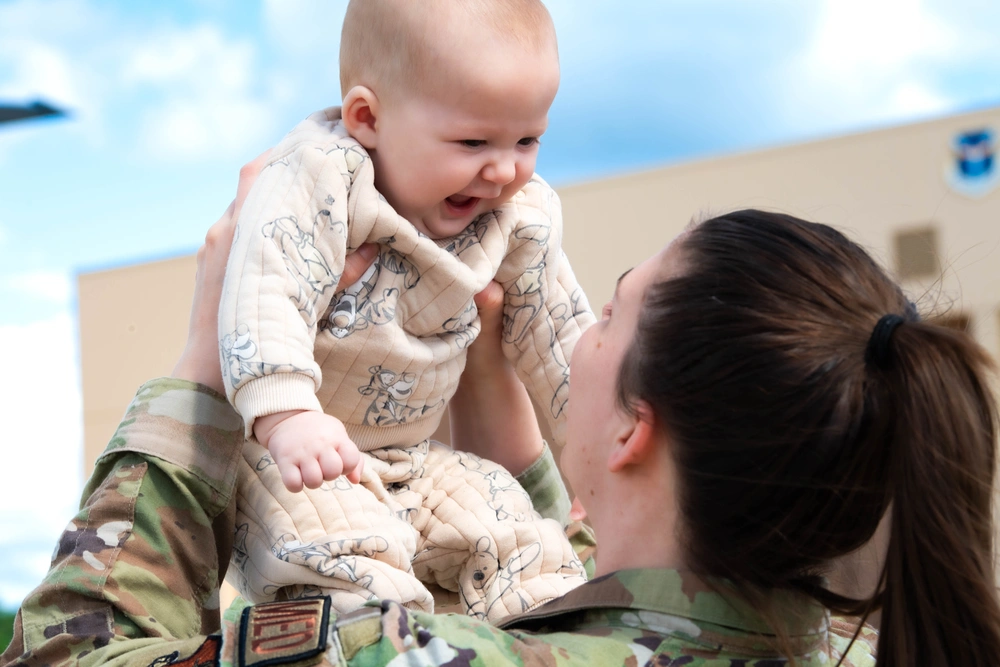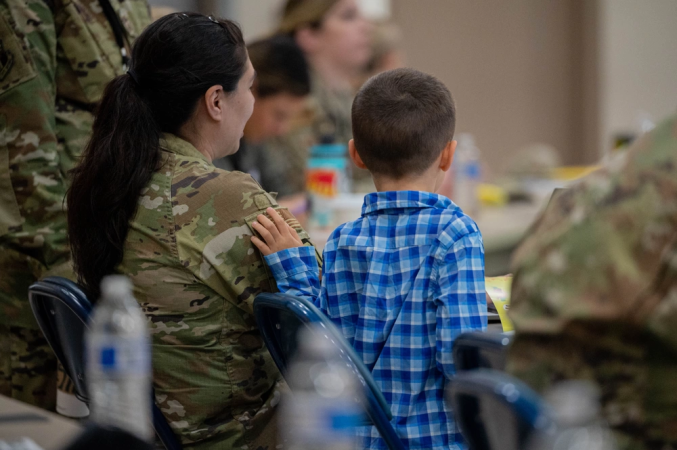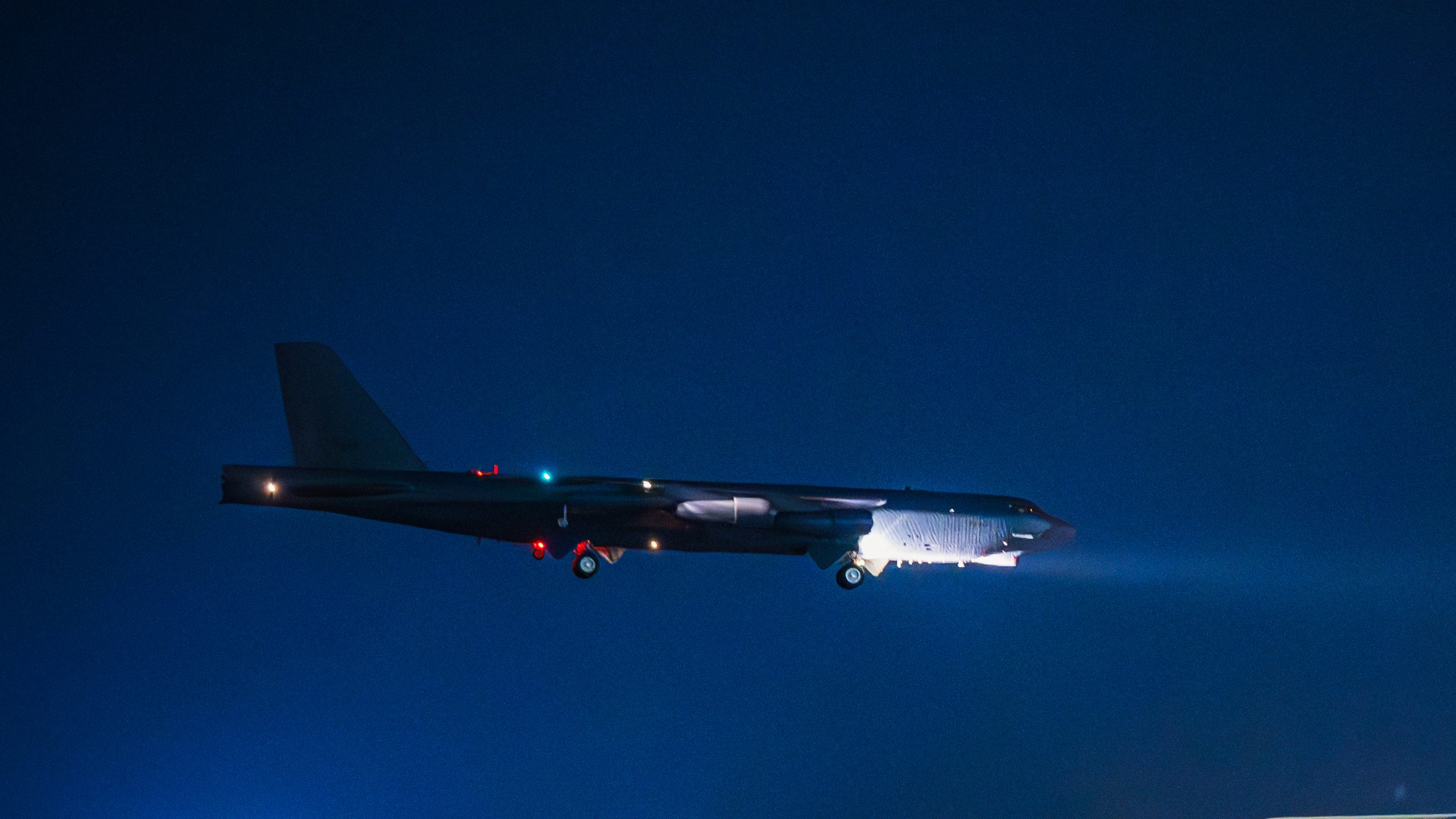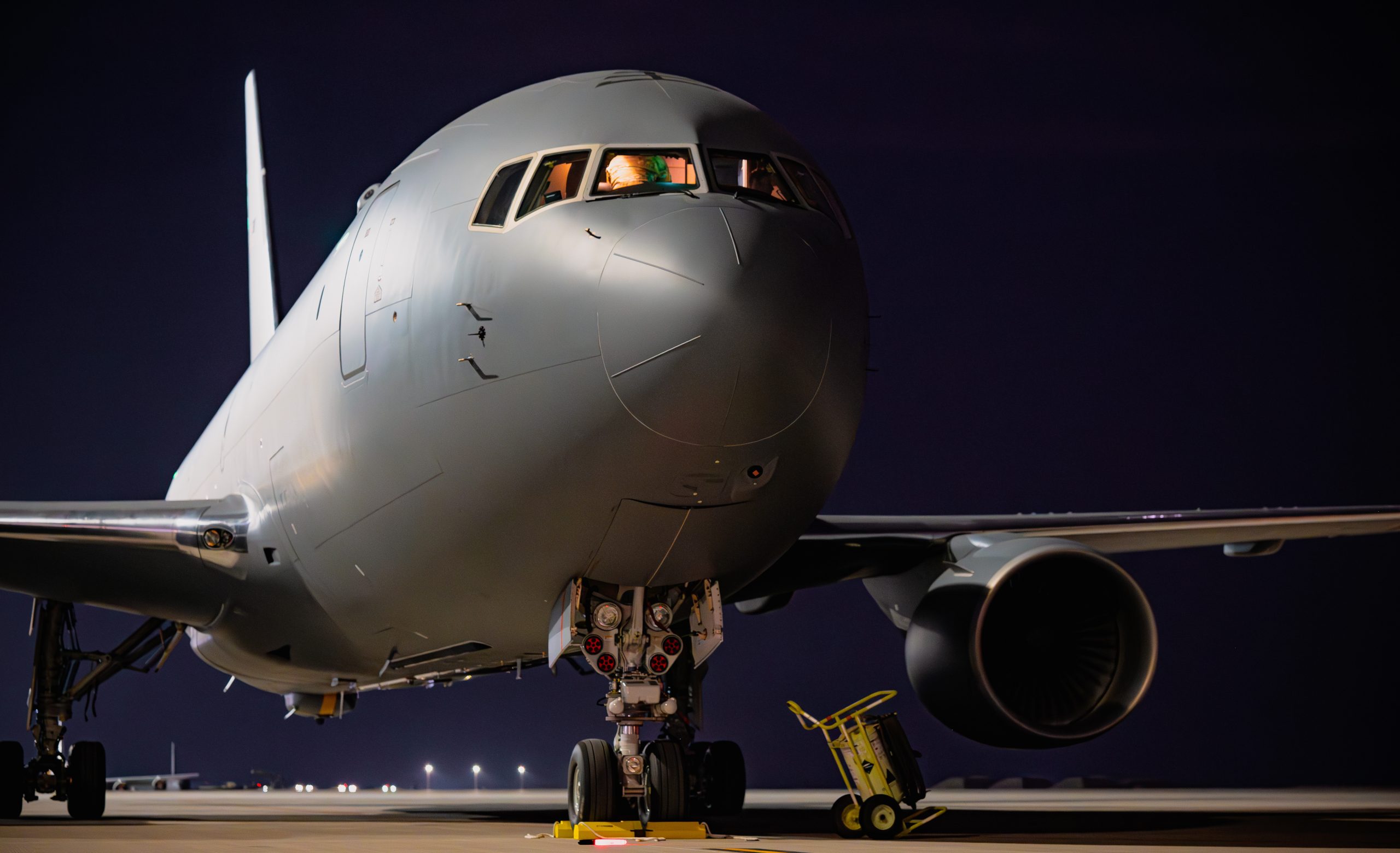As wildfires threaten Air Force bases across the country, Kirtland Air Force Base, N.M., is trying out a new system of sensors to detect wildfires and alert first responders before they grow too big to control. Air Force spokesperson Laurel Falls told Air & Space Forces Magazine that Kirtland is the only Air Force installation currently using the technology.
Other wildfire detection systems rely on cameras, satellites, and drones, the base explained in an Oct. 23 press release. But the N5 wildfire sensor “sniffs” the air for a range of fire signs such as particulate matter, temperature changes, and gases including carbon monoxide, nitrogen oxides, and sulfur oxides, according to the Department of Homeland Security, which worked with the Canadian government to deploy about 200 sensors across the U.S. and Canada this year.
Powered by batteries charged by solar panels, the N5 sensors sends their measurements to a data cloud every 18 seconds via a mix of cellular and radio communication. Artificial intelligence and machine learning uses that data to create a baseline for local conditions, then alerts first responders when it detects levels indicating a possible wildfire. The new sensors are about 1,000 times more sensitive than a home smoke alarm, DHS wrote, which means the AI helps avoid false alarms.
“The addition of rapid, geographically targeted alerts, warnings, and notifications could prove the difference between a localized fire response and a large-scale tragedy,” DHS explained.

During testing in northern California in 2021, sensors produced by N5 and other companies detected prescribed burns up to five miles away. A previous wave of sensors deployed in the U.S. and Canada in 2023 detected “a flare-up from accumulated brush pile, an unauthorized bonfire near a utility pole in Colorado, and lightning tree strikes in California and Canada,” according to DHS.
At Kirtland, the 377th Air Base Wing installed 14 sensors covering more than 1,000 acres. That’s a small slice of the base’s 52,000 acres, but any early detection can help in central New Mexico, which in 2022 was scorched by the Calf Canyon/Hermit’s Peak Fire, the largest and most destructive wildfire in the state’s history and the largest wildfire of the year in the contiguous U.S.
“We are at high risk for wildland fire, with our sagebrush being so close together, the fire can travel faster,” Mark Bean, 377th Air Base Wing Plans and Programs range operations officer, said in the Kirtland press release. “It’s important we have devices like these to give our responders that extra time to come and put out those fires before they become uncontrollable.”
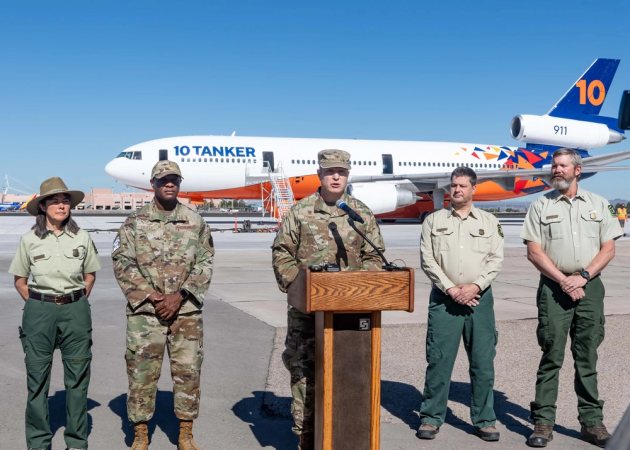
The new sensors come about six months after a newly upgraded air tanker base for wildfire fighting became operational at Kirtland. The Cibola National Forest and National Grasslands Air Tanker Base allows larger tankers carrying fire retardant to land and fill up at Kirtland, which helps boost firefighting capability across much of the western U.S.
“The combination of cutting-edge detection and a strategically placed ATB on Kirtland dramatically improves the speed and accuracy of wildfire responses, reducing the potential for devastating wildfires to spread,” Kirtland wrote in its Oct. 23 press release.
Kirtland is not the only Air Force base dealing with wildfires: a 2016 conflagration delayed a satellite launch and threatened launch pads at what is now Vandenberg Space Force Base, Calif. Just in 2024, bases from California to New Jersey battled nearby blazes, which can threaten the local infrastructure that bases depend on.
“Even if wildfires do not directly affect areas on a base, they can affect critical infrastructure—such as electric power—on which [Air Force] missions rely,” the RAND Corporation wrote in a 2021 report.
The Air Force Wildland Fire Branch was formed in 2012 in response to rising wildfire threats to Air Force missions. The team installs fire breaks, manages grasses, timber, and other fire fuels, and performs prescribed burns, service spokesperson Laurel Falls explained.
At Kirtland, the base’s fire chief, Jaime Jimenez, said the new sensors can help Airmen and their neighbors in Albuquerque.
“Early detection means our firefighters and other supporting mission partners can come out here quicker to extinguish the fire,” he said.
